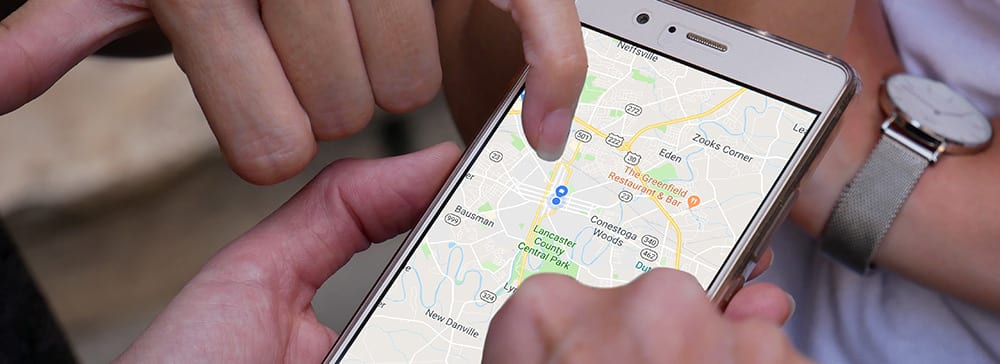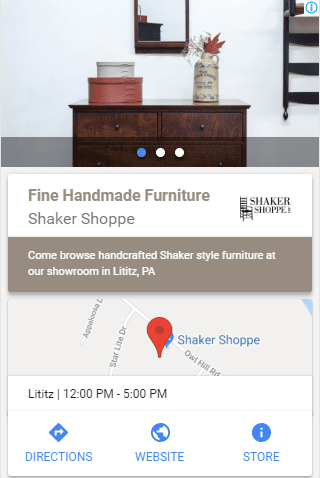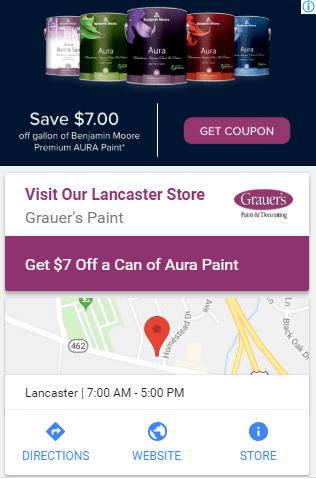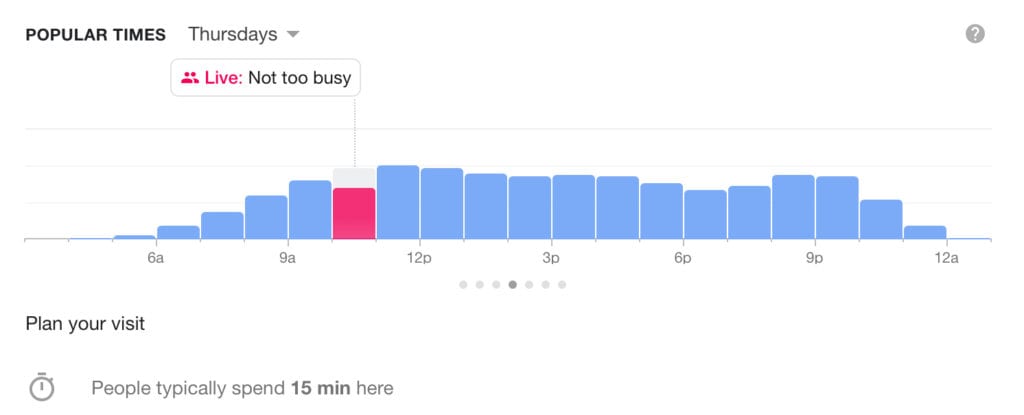Measuring & Reporting Offline Conversions in 2018
admin | Jul 20, 2018
Google is starting to roll out tracking for offline ad conversion – as in visits to your physical location. See what that means for you.

One of the greatest benefits of digital advertising is the ability to track and measure the success of a campaign. Through call tracking, unique landing pages, UTM codes, and browser cookies, local businesses can know exactly how well their advertising campaigns are performing in driving purchases, form submissions, and calls. The one area that has been harder to track is offline conversions – specifically with in-person store visits.
Digital Ads for Brick & Mortar Stores
In 2018, Google has taken several steps to help drive in-person traffic from digital ads, as well as measuring the results. If you are a business owner or marketing manager for a retail store, medical office, or any other type of business that relies on appointments or foot traffic, these improvements will help you see better results from your digital ads. And if you have multiple locations, these new ads and analytic tools will give you a better understanding of how your paid efforts drive people to specific locations.
Here’s how Google is making it easier to reach your local audience with paid advertising:
1. Location Extension Ads
For years, Google has offered Location Extension Ads, which provide store distance information on search, YouTube, and regular display ads. We believe this is a must-have for any brick and mortar business running an ad campaign.
In recent months, Google has introduced another location-specific ad product: Location-Centered Display Ads. These are display ads that incorporate part of your Google My Business info into the ad, including store/location info and a map. There is also an option for a photo gallery, so it looks less like a display ad and more like an organic listing.


These ads get attached to your Google My Business profile. If you have multiple locations, Google displays the location closest to the user. Rather than keeping your CTA to a button in the image, Google is providing several CTAs that have to do with your physical location: Directions, Website, and Store Info.
For businesses looking to send people to their location, Location Extensions and Location-Centered ads are great options for your digital campaigns.
2. Per-Store Conversions
The second new offering by Google is Per-Store Conversion report. Found within the Google Ads platform, this report provides data on how these location-specific ads are performing. Google began rolling out this report to enterprise size advertisers in the Spring of 2018; all ad accounts will have it by the end of July 2018.
In this report, Google offers the following metrics:
- Local Reach (Impressions) – How many times these location-based ads were shown per location.
- Website Visits
- Call Clicks
- Driving Directions
- Store Visits
Google seems to include data on clicks within the Location-Centered display ad, as well as any clicks on a Google My Business profile after they clicked on an ad. So this is a way to show that a display ad assisted in a conversion.
The biggest metric in this report is Store Visits. Google is reporting on how many people visited your store or location after they saw and clicked on a location ad.
3. Tracking Store Visits
With this metric, Google is now starting to report on offline conversions. While the per-store report does list the number as “estimated,” it is still a number that location-based businesses and advertisers have desperately wanted. With this, we can better understand how digital ads are impacting in-person visits.
How does Google measure store visits?
There are a few ways Google can report on store visits – all of which have to do with your phone. If you use Google Maps or Search apps on your phone, or if you have an Android phone with location tracking on, Google can connect your physical actions to ads you see.
But, there is reason to believe Google is testing other ways to connect ad data to physical visits.
Google Project Beacon
The third recent update to Google’s location ads is Project Beacon. Launched without much fanfare back in June 2018, Google began shipping a small Bluetooth beacon to businesses that have a storefront and advertise on their platform. Business owners are asked to activate the beacon and place it in a high-traffic location in their store; we’ve been recommending near the entrance or front counter.
We believe that Google is using these beacons to provide updated information to both Google My Business and Google Ads. Within GMB, beacons can provide more accurate data on busy times and how long people stay at a location.

As for Google Ads, we believe that these beacons will assist Google in measuring offline conversions, feeding that data right into the Per-Store report.
Case Study: PetSmart
Google recently published a case study in measuring per location conversions with PetSmart, a national retailer with over 1,300 locations. By tracking store visits (presumably using systems similar to what’s being rolled out to the rest of us), Google was able to measure the amount of clicks that resulted in an offline conversion.
According to PetSmart, 10–18% of all clicks on PetSmart’s search ads resulted in an in-store visit within 30 days
Start Measuring Offline Conversions
With all these updates, Google is providing business owners with hyperlocal information on the performance of their digital ads. This data is crucial in making better decisions on your advertising strategy by relying on data instead of anecdotal information.
To learn how these location-specific ad products and reporting can help your business, contact YDOP today.